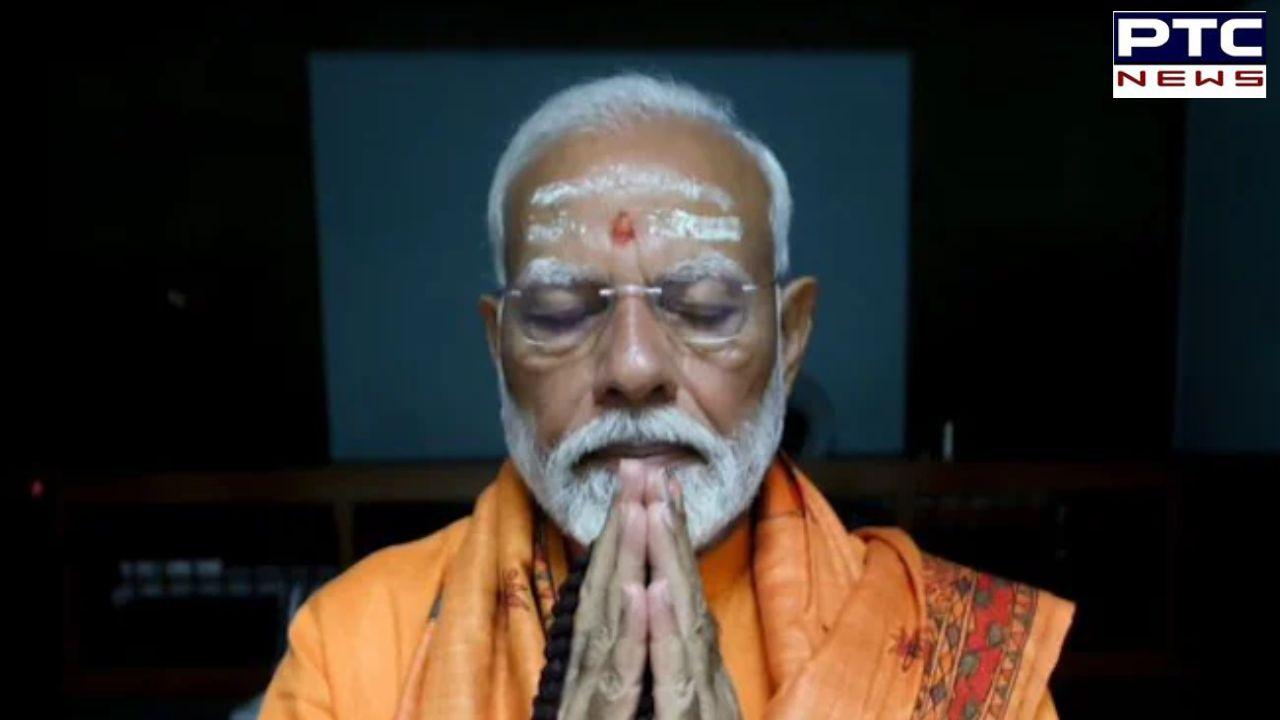- February 24, 2025
- Updated 2:22 am
Lok Sabha Election Results 2024: Party-wise breakup: BJP ahead, but opposition makes inroads
New Delhi, June 5: The final count for the Lok Sabha elections 2024 has concluded, revealing a surprising shift in India’s political landscape. The BJP emerged as the single largest party, securing 240 seats. However, this is significantly fewer than the party had anticipated and falls short of the 272-seat majority mark needed to form a government on its own. Prime Minister Narendra Modi, despite securing a third term, faces a new challenge as the BJP’s tally is down from the 303 seats won in 2019.
BJP’s performance and coalition dynamics
The BJP’s inability to achieve a majority on its own is a major blow to PM Narendra Modi, who had campaigned with the slogan “400 paar” (crossing 400 seats). The BJP will now rely heavily on its coalition partners, including Nitish Kumar’s Janata Dal (United) (JD(U)) and Chandrababu Naidu’s Telugu Desam Party (TDP), to form the government. With the BJP falling 32 seats short of the majority, these alliances become crucial in maintaining stability.
Opposition Gains and Strategies
The Opposition, particularly the Congress, has interpreted the results as a significant moral and political setback for PM Modi and the BJP. The Congress party improved its tally from 52 seats in 2019 to 99 seats in 2024, signaling a resurgence in its political fortunes. This performance, while still not enough to challenge the BJP’s dominance outright, reflects a growing dissatisfaction among voters with the ruling party.
The INDIA bloc, an alliance of opposition parties, made notable inroads, especially in key states such as Uttar Pradesh. The Samajwadi Party, a leading member of the INDIA bloc, won 37 seats, effectively reducing the BJP’s count from 62 seats in 2019 to just 35 seats. This shift highlights a significant erosion of BJP’s influence in one of the most politically crucial states.
Regional Parties and Their Influence
Regional parties played a pivotal role in shaping the outcome of the elections. The All India Trinamool Congress (AITC) secured 29 seats, maintaining its stronghold in West Bengal. The Dravida Munnetra Kazhagam (DMK) won 22 seats, continuing its dominance in Tamil Nadu. The TDP, an ally of the BJP, secured 16 seats, underscoring its influence in Andhra Pradesh.
_2e3feef595084174b95d057bd1bc2bbf_1280X720.webp)
Sharad Pawar’s Nationalist Congress Party (NCP) managed to secure 7 seats and is leading in 1 seat. The JD(U) won 12 seats, reflecting its continued relevance in Bihar politics. The Shiv Sena (Uddhav Balasaheb Thackeray) secured 9 seats, while the Shiv Sena (SHS) won 7 seats, indicating a divided yet significant presence in Maharashtra.
The Lok Janshakti Party (Ram Vilas) secured 5 seats, and other notable performances include the Yuvajana Sramika Rythu Congress Party (YSRCP), Rashtriya Janata Dal (RJD), and the Communist Party of India (Marxist) (CPI(M)), each winning 4 seats.
Smaller Parties and Independent Candidates
Several smaller parties and independent candidates also made their mark in the elections. The Indian Union Muslim League (IUML), Aam Aadmi Party (AAP), and Jharkhand Mukti Morcha (JMM) each secured 3 seats. Parties like the Jana Sena Party, Communist Party of India (Marxist-Leninist) (Liberation), Janata Dal (Secular), Viduthalai Chiruthaigal Katchi, Communist Party of India, Rashtriya Lok Dal (RLD), and Jammu and Kashmir National Conference won 2 seats each.

A host of other parties, including the United People’s Party Liberal, Asom Gana Parishad, Hindustani Awam Morcha (Secular), Kerala Congress, Revolutionary Socialist Party, and Voice of the People Party, secured 1 seat each. Notably, the BJP triumphed in Odisha, winning 20 out of 21 seats, while Congress managed to secure the remaining seat, and the Biju Janata Dal (BJD) failed to win any.
Challenges Ahead
The BJP’s significant drop in seats, particularly in Uttar Pradesh and Rajasthan, and its limited success in West Bengal, suggest growing regional opposition. Conversely, its triumph in Odisha demonstrates areas of continued support.
In Bihar, the Congress RID alliance failed to gain traction with voters, allowing the NDA alliance to maintain its position. The results have prompted both the NDA and the INDIA bloc to schedule meetings to strategise their next steps.

Recent Posts
- Crown of goddess Kali, gifted by PM Modi, stolen from temple in Bangladesh
- Hezbollah leader survives assassination attempt amid Israeli strikes that kill 22 in Beirut
- ਕ੍ਰਿਕਟ ਦੇ ਬਦਲੇ ਨਿਯਮ, ਹੁਣ ਇਸ ਕੇਸ ‘ਚ ਦੁਬਾਰਾ ਨਹੀਂ ਮਿਲੇਗੀ ਬੈਟਿੰਗ, ਮੰਨਿਆ ਜਾਵੇਗਾ
- ਸਚਿਨ ਤੇਂਦੁਲਕਰ ਦੇ ਬਰਾਬਰ ਪਹੁੰਚੇ ਜੋ ਰੂਟ, ਪਰ ਵਿਰਾਟ ਦੇ ਇਸ ਰਿਕਾਰਡ ਤੋਂ ਅਜੇ ਵੀ ਦੂਰ
- Ratan tata death: ਸਿਰਫ ਵੋਲਟਾਸ ਹੀ ਨਹੀਂ, ਸਵੇਰ ਤੋਂ ਰਾਤ ਤੱਕ ਤੁਹਾਡਾ ਕੰਮ ਟਾਟਾ ਦੇ ਬਿਨਾਂ ਨਹੀਂ ਚੱਲ ਸਕਦਾ
